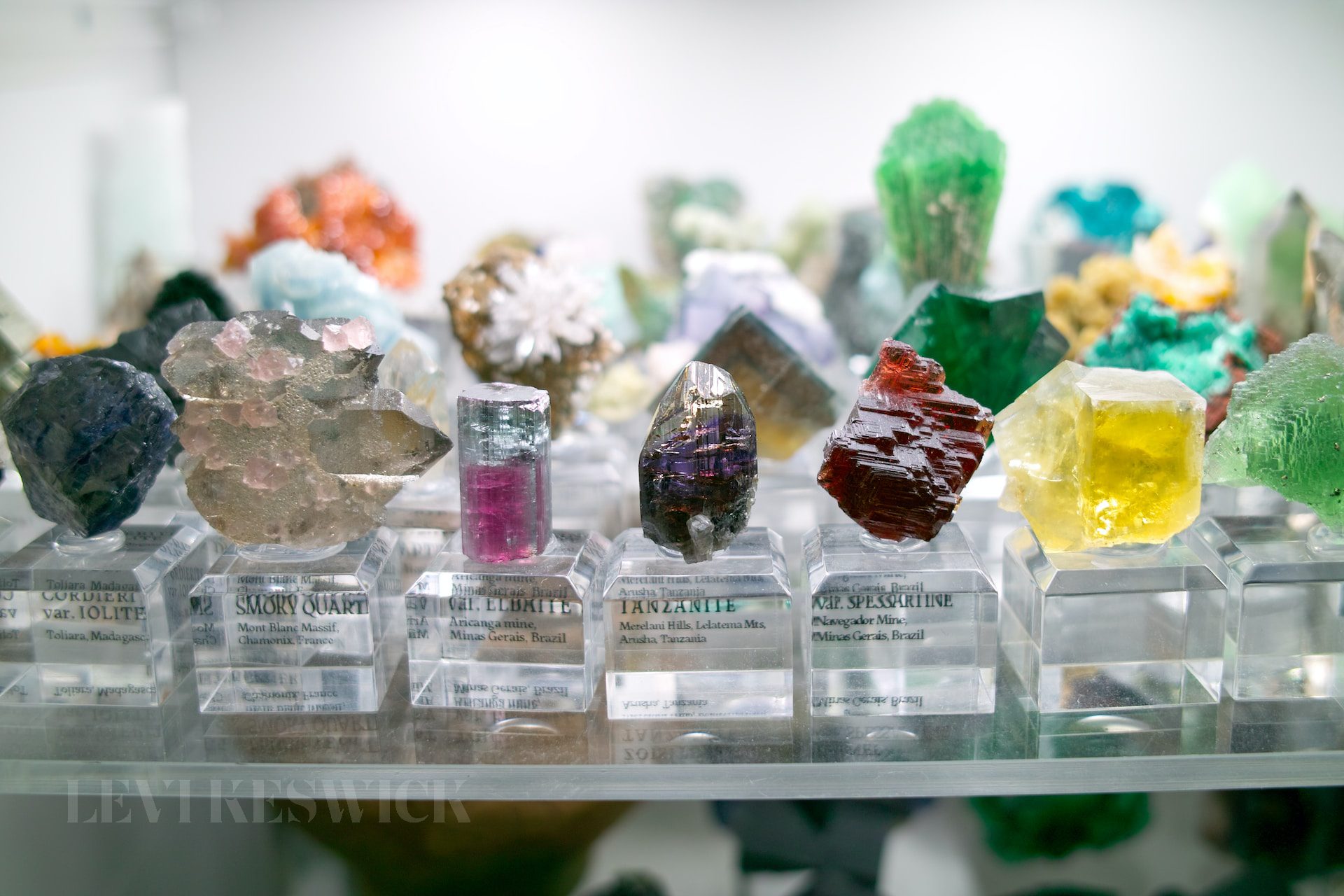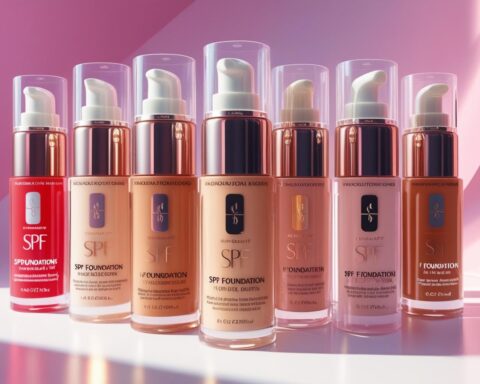Key Takeaways:
- Several iridescent stones, such as Labradorite, Moonstone, Rainbow Pyrite, and Aventurine, exhibit color-play similar to opal.
- These stones possess unique characteristics – Labradorescence, Adularescence, Aventurescence, and Opalescence – that contribute to their iridescence.
- The color variations in these stones are dictated by light interference, diffraction, and reflection.
- While opals are cherished for their unique color play, these other gemstones offer a more affordable, yet equally captivating, alternative.
The Iridescent Allure: Unveiling Stones that Look Like Opal
When discussing stones that look like opal, it’s essential to understand the science behind their captivating shimmer. Iridescence, or color play, is a phenomenon caused by interference, diffraction, or both, which is the result of light reflection from thin films, inclusions, or twinning planes found within the gemstones. This radiant display is particularly prominent in opals, giving them their characteristic mesmerizing allure.
Labradorescence: The Glimmer in Labradorite and Spectrolite
Labradorite, a type of Feldspar, and Spectrolite, a Labradorite variant found in Finland, exemplify a phenomenon known as labradorescence. This unique sheen is caused by light interference on the boundaries of lamellar twin planes, which are typical in Feldspar minerals. Carving Labradorite and Spectrolite to exploit this shimmer is a common practice, enhancing the captivating visual effects of these gemstones.
Adularescence: The Moonstone’s Ethereal Glow
Adularescence is another type of iridescence, primarily exhibited in Moonstones, a variant of Feldspar. This shimmer is caused by light reflection on the stone’s lamellar twinning planes, resulting in a blue hue that appears to float just beneath the stone’s surface. Also known as Schiller, this effect adds to the Moonstone’s charm, contributing to its growing popularity among gemstone enthusiasts.
Aventurescence: The Fiery Sparkle of Aventurine
Named after Aventurine Feldspar, also known as Sunstone, Aventurescence is a type of iridescence caused by the play of color brought on by light reflection on tiny, thin inclusions of goethite and hematite. These inclusions lend the stone a golden or reddish-brown hue and specular reflections, making Aventurine a visually arresting gemstone.
Opalescence: The Dazzle of Opal and its Simulants
The term “opalescence” originates from the color play characteristic of opals. This play of color was long a mystery until the advent of the electron microscope, which allowed scientists to observe opal’s unique structure at high magnification. They discovered that opals consist of small silica spheres.
In opals, both interference and diffraction play a role in the color play. The larger silica spheres (~350 µm in diameter) in precious opal create red flashes with changes in viewing angles, while the smaller spheres produce green, blue, or purple flashes. Hence, the size of the gaps, or voids, between the spheres determines the color observed.
Alternatives to Opals: A Range of Possibilities
While opals are renowned for their unique color play, their rarity and price tag may deter some gem enthusiasts. However, stones like Labradorite, Moonstone, Rainbow Pyrite, and Aventurine provide more affordable alternatives that still exhibit opal’s captivating iridescence. With their distinct features – labradorescence, adularescence, aventurescence, and opalescence – these gemstones offer a mesmerizing array of visual effects, reminiscent of opals’ allure.
In essence, the world of gemstones is full of color, play, and visual delight. And while opals may hold a place of honor, a multitude of other stones radiate similar charm and beauty. Understanding the science behind these stones’ iridescence only adds to their appeal, offering a unique intersection between nature’s art and scientific marvel.








